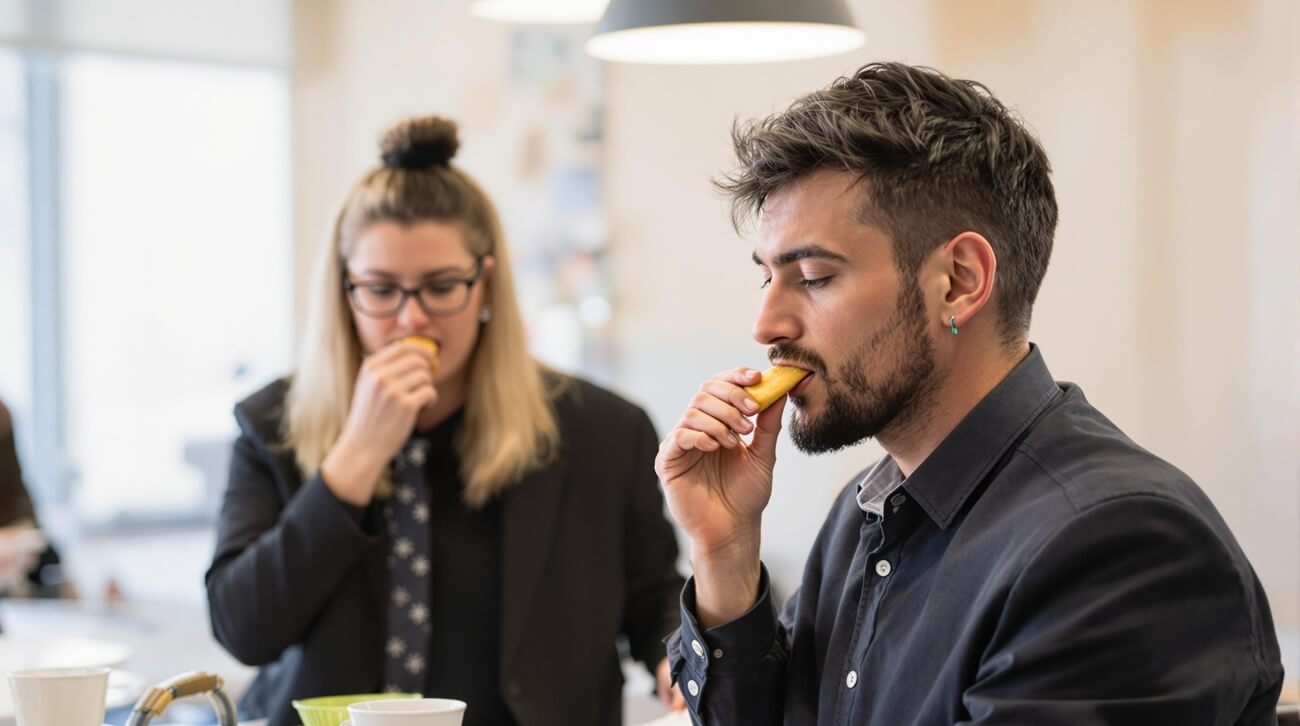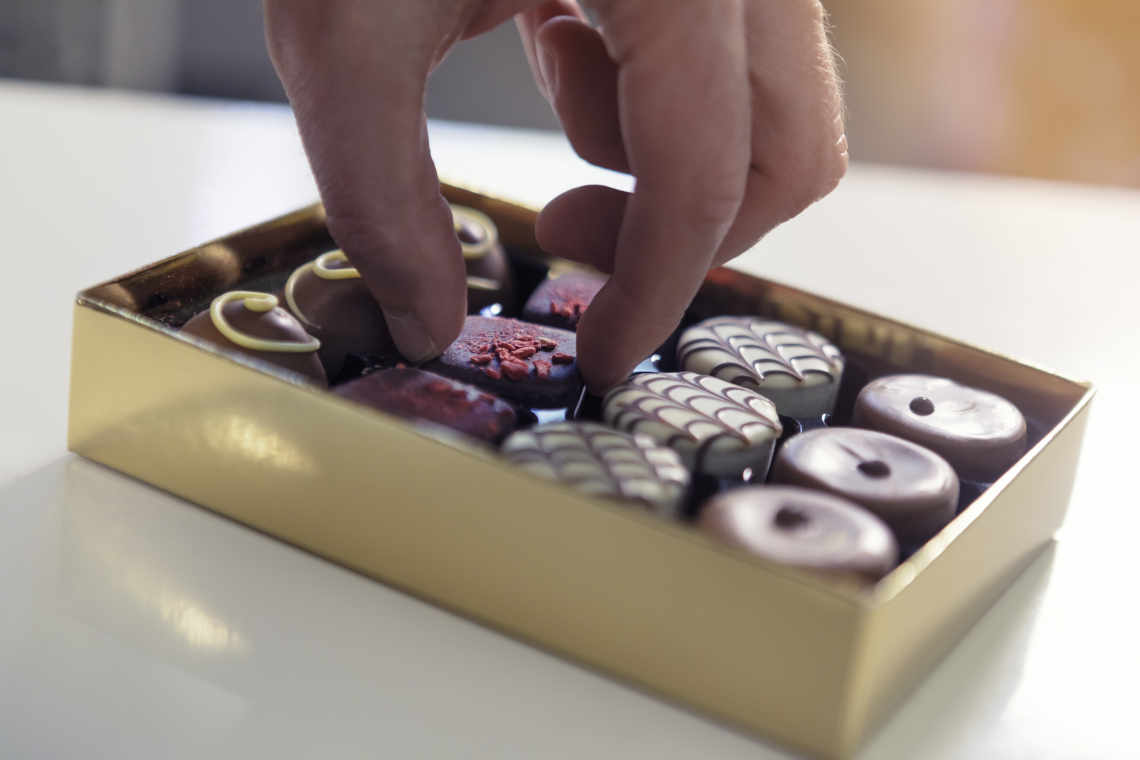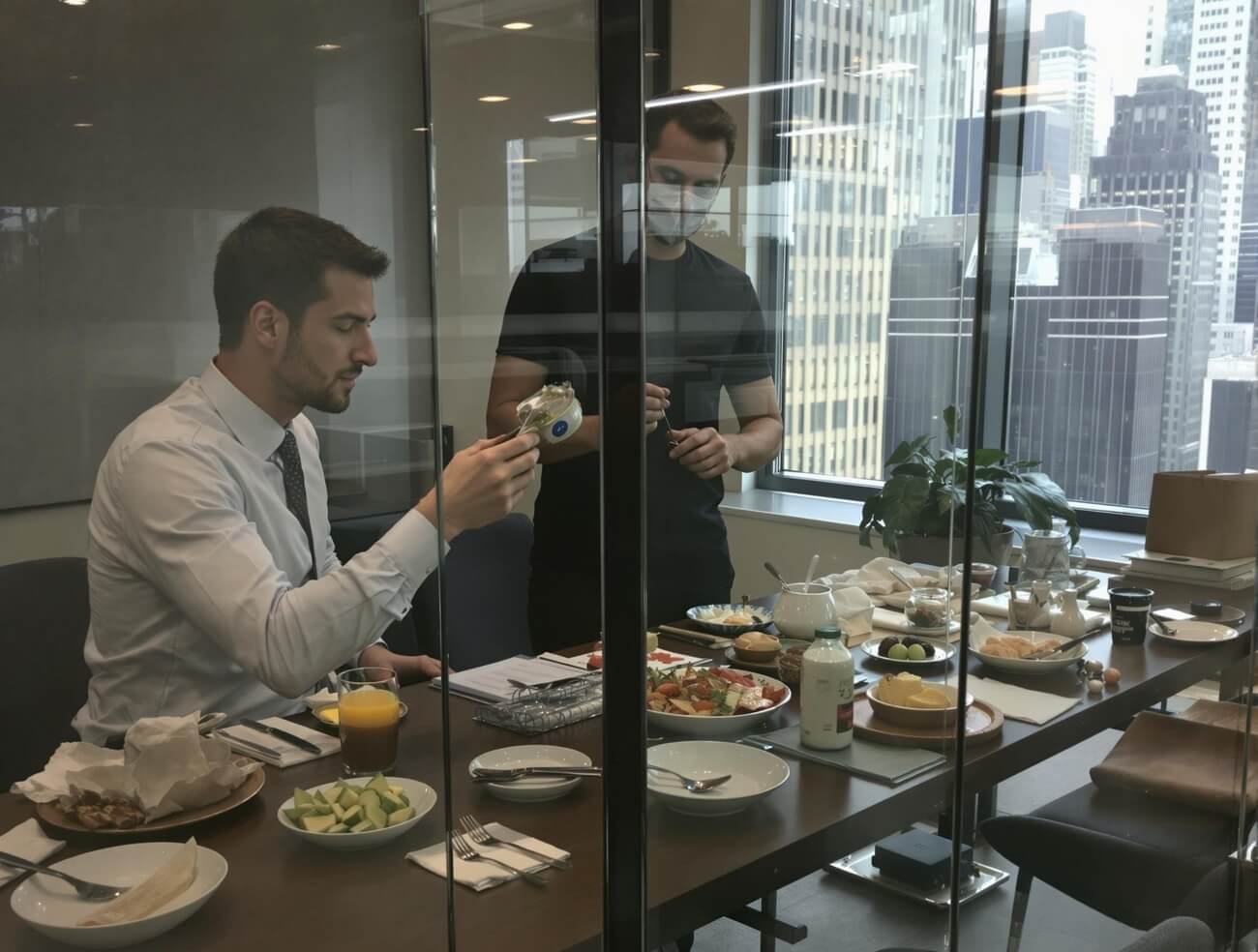Blind Taste Test Market Research

How can a brand truly discern the unbiased preferences of its target audience? Blind taste test market research provides a unique approach to better understanding customer taste, leveraging the consumer’s genuine reaction to products. Today, these tests have gained traction across various sectors, proving invaluable for companies eager to gain an edge in competitive markets.
Importance of Blind Taste Test Market Research
In the vast landscape of market research methodologies, blind taste test market research holds a distinctive and pivotal position. But why is it considered so crucial? Here are some of the elements that set this type of research apart:
- Elimination of Bias: This market research aims to eliminate biases. By removing brand recognition, consumers judge products solely on quality, flavor, texture, or other intrinsic attributes. This provides a more honest evaluation devoid of external influences.
- True Consumer Insights: Brands often wonder if their products stand out based on merit or simply because of effective branding. Blind taste tests give them a clearer picture of where their product truly stands in terms of consumer preference.
- Product Development & Refinement: Market research can help brands identify areas for improvement in their products. Whether a subtle ingredient change or a complete overhaul, these tests highlight what truly resonates with consumers.
- Competitive Analysis: Staying ahead of competitors is vital in an ever-evolving market. Market research allows companies to objectively compare their products with competitors and identify whether they hold a genuine edge.
- Building Trust: When brands act upon insights from market research and enhance their products, they message consumers that their feedback is valued. This can lead to increased brand loyalty and trust.
- Informed Marketing Strategies: Knowledge gleaned from blind taste tests can be gold for marketing teams. Understanding the product’s core strengths allows for creating more effective and targeted marketing campaigns.
Notable Case Studies in Blind Taste Test Market Research

The significance of blind taste test market research is best understood when examining real-world scenarios where it’s been deployed. These case studies underline the method’s value and shed light on its transformative potential for brands.
- The Pepsi Challenge: Perhaps the most iconic instance of blind taste test market research, the Pepsi Challenge began in the 1970s. Consumers were asked to taste unbranded cups of Pepsi and Coca-Cola. In many instances, Pepsi emerged as the preferred choice, leading to a significant marketing campaign and a shakeup in the cola wars.
- New Coke: Coca-Cola embarked on its blind taste test market research journey. The outcome? A sweeter formula called “New Coke” was developed, which, despite initial positive blind taste results, faced a massive public outcry upon launch.
Trends in Blind Taste Test Market Research
The domain of blind taste test market research has never been static. Over the years, it has evolved, adapting to technological advancements and changing consumer landscapes. Here’s a look at some of the most prominent trends that are shaping the future of this unique research method:
- Integration of Technology: Traditional blind taste tests primarily relied on in-person interactions. Now, with advances in technology, virtual platforms are being employed, enabling a wider reach and more diverse participant groups.
- Sensory Analysis Tools: Beyond just taste, sensory analysis tools that measure textures, aromas, and even food sounds are becoming integral to market research. This offers a more holistic understanding of a product’s appeal.
- AI and Machine Learning: Sophisticated algorithms are now employed to analyze the data from blind taste tests. They help identify patterns, predict consumer behavior, and offer actionable insights at a level of detail previously unheard of.
- Personalization: With the rise of personalized nutrition and diets, blind taste tests are tailored to cater to niche audiences such as vegans, gluten-intolerant individuals, or those following specific dietary regimes.
- Emphasis on Experience: Modern blind taste test market research focuses on the product and the overall consumption experience. This includes packaging ease, product presentation, and environmental considerations.
- Combining with Other Research Methods: While market research offers invaluable insights, brands often combine it with other research methods, such as focus groups or surveys, to achieve a multidimensional understanding of consumer preferences.
Opportunities for Operating Blind Taste Tests in Market Research

Blind taste test market research has always been full of possibilities. Businesses can gain unparalleled insights by eliminating brand biases and focusing solely on the product. Here are some of the most prominent opportunities that arise from conducting blind taste tests:
- Product Development and Refinement: Blind taste tests provide an excellent platform for brands to test or refine new products. Real-time feedback can be instrumental in making necessary adjustments before a large-scale launch.
- Competitive Analysis: Through market research, brands can understand how their products compare to competitors’ products. This direct comparison can lead to actionable insights and strategic decision-making.
- Cost Efficiency: For products with different ingredient cost structures, blind taste tests can help determine if consumers prefer a costlier ingredient over a more affordable one.
- Global Insights: Conducting market research across various geographical locations can help multinational brands better understand regional palate preferences, aiding in product customization.
- Enhanced Marketing Strategies: Market research insights can inform marketing and advertising campaigns, ensuring they highlight the most appreciated product features.
- Validating Research and Development: Companies invest significantly in R&D. Blind taste tests serve as a validation tool, ensuring that investments translate into products that resonate with target audiences.
Future Prospects and Evolution of Blind Taste Test Market Research

The journey of blind taste test market research has been marked by continuous evolution, driven by technological advancements and shifting consumer behavior. As we look ahead, several prospects seem poised to shape its trajectory in the coming years.
- Virtual Reality (VR) and Augmented Reality (AR) Integration: The future of blind taste test market research will likely witness the increased use of VR and AR. These technologies can simulate real-world testing environments, offering more immersive experiences for participants, irrespective of their geographical locations.
- Real-time Data Analytics: The ability to gather and analyze data in real-time will allow companies to make quicker decisions. Advanced software solutions will provide immediate feedback during blind taste tests, making the process more efficient.
- Biometric Analysis: Incorporating biometrics can offer deeper insights into consumer reactions. Monitoring heart rates, facial expressions, or even eye movements can better understand genuine consumer responses beyond verbal feedback.
- Global Collaborative Platforms: As brands recognize the need for global insights, collaborative platforms could emerge. These platforms could allow multi-country blind taste test market research to be coordinated more seamlessly and offer a worldwide perspective on product preferences.
- Evolution of Sensory Robots: While human taste is irreplaceable, advancements in robotics might lead to the development of sensory robots that can perform preliminary blind taste tests, especially for initial product screening.
What Makes SIS International a Top Blind Taste Test Market Research Company?
SIS International is a trusted leader in blind taste test market research, leveraging over 40 years of expertise to provide actionable insights that help businesses optimize their products. Here’s why SIS stands out in the field:
Expertise in Blind Taste Testing
Blind taste testing is a precise methodology, and SIS excels in its execution. By removing branding and packaging biases, we ensure accurate feedback on core product attributes like flavor, aroma, and texture.
State-of-the-Art Testing Facilities
SIS International’s cutting-edge facilities are designed for rigorous blind taste testing. Controlled environments and advanced sensory analysis tools ensure high-quality, unbiased results for your products.
Diverse Consumer Access
Based in New York, SIS benefits from access to one of the world’s most diverse populations. This allows us to recruit participants who reflect a broad spectrum of demographics, providing results that resonate with your target audience.
Customized Research Solutions
Every product and brand is unique. SIS tailors blind taste testing to meet your business’s specific needs, whether you’re launching a new item or benchmarking against competitors.
Decades of Market Research Experience
With over 40 years of expertise, SIS has earned a reputation for delivering accurate and reliable market research. This depth of experience ensures you receive the insights needed to refine your products effectively.
Affordable, High-Value Services
SIS offers cost-effective blind taste testing solutions, making high-quality market research accessible to businesses of all sizes. Our competitive pricing provides exceptional value for your investment.
Actionable Insights for Product Success
SIS goes beyond data collection, offering insights that drive product improvement. From subtle flavor adjustments to enhancing overall appeal, our research helps you make informed decisions for market success.
Fast Turnaround for Competitive Markets
In today’s fast-paced industries, speed matters. SIS ensures quick results delivery, allowing businesses to act swiftly and stay ahead of competitors.
Unbiased and Reliable Feedback
The hallmark of blind taste testing is impartiality. SIS maintains the highest standards of unbiased research, ensuring that results reflect genuine consumer preferences without external influence.
Dedicated Client Support
At SIS International, we prioritize client success. Our team works closely with you to align research with your goals, delivering meaningful results that help you achieve your objectives.
Our Facility Location in New York
11 E 22nd Street, Floor 2, New York, NY 10010 T: +1(212) 505-6805
About SIS International
SIS International offers Quantitative, Qualitative, and Strategy Research. We provide data, tools, strategies, reports, and insights for decision-making. We also conduct interviews, surveys, focus groups, and other Market Research methods and approaches. Contact us for your next Market Research project.

